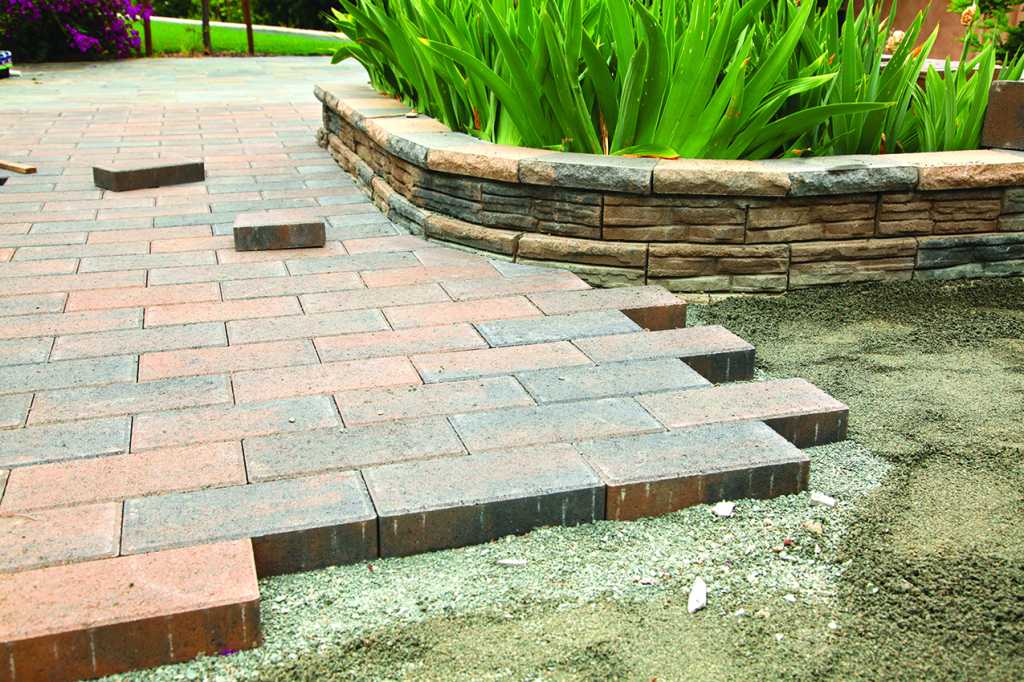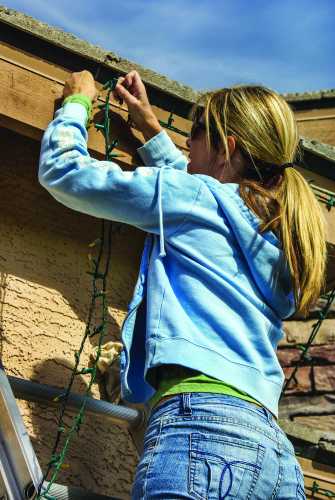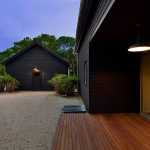Outdoor living spaces have become sought-after commodities among homeowners.
A 2022 survey of homeowners conducted by the New Home Trends Institute found that open yards are less appealing to home buyers than they once were. The survey noted that just 28% of respondents chose open yards, while 65% preferred patios and 55% chose decks.
Green spaces remain popular, but the survey indicates that many would-be home buyers also want an outdoor living area to make the most of their home exteriors. Homeowners aspiring to transform their home exterior spaces typically must decide between a deck or pavers when the time comes to plan such areas. That’s a personal choice homeowners must make, but those without strong feelings on either option can consider these tips as they try to decide if a deck or pavers are for them.
Determine your budget. Budget is a notable variable with any home renovation project, and the addition of an outdoor living space is no exception. The materials homeowners choose will ultimately determine the cost of each project. For example, composite decking materials tend to cost significantly more than wood decks, but that higher price tag also comes with less maintenance and typically a longer life span. Pavers may prove less expensive than composite decking, but those cost savings may be negligible if a yard requires extensive excavation to prepare an area for a new patio. It requires patience, but gathering estimates of the various materials can serve as a good starting point when planning an outdoor living space. In addition, homeowners must recognize that material costs can fluctuate considerably over time, as such prices are often contingent on a range of variables, including supply chain issues. So it’s best to gather estimates in a short period of time to make the most accurate price comparisons.
Identify your vision for the space. Homeowners who have a vision for their outdoor living space, even if they are not sure about which material they prefer, may find the process goes more quickly and even more smoothly than those who are unsure about what they want. Those who prefer a flexible multi-use space may be best going with pavers, as the spaces can be easily converted and areas simply designated as one might differentiate between rooms inside the home. For example, an outdoor living room can be separated with the installation of a pavillion and fireplace, while kitchen and dining areas can be separate spaces on the same patio. Decks tend to be less flexible, which might make them ideal for homeowners who prefer an outdoor dining area but don’t need a more expansive entertaining space. Of course, decks can be as big as homeowners choose, which can make the spaces more multi-functional.
Recognize both may be in your best interest. Homeowners also should know that many outdoor living spaces feature both a deck and a paver patio. Homeowners may like an elevated deck that steps down to a patio, which can easily distinguish between the spaces and establish the area as a multifunctional space. Homeowners planning outdoor living space projects may find themselves choosing between a deck and pavers.
Each option can work, and homeowners may even want to combine the two.
-Metro Creative Connection




















